Premium Only Content
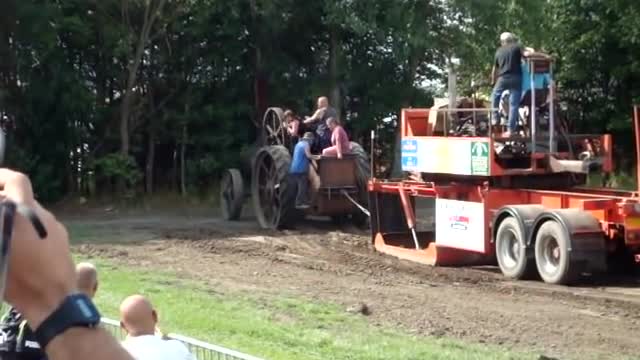
Steam Engine Tractor Pull
The first steam tractors that were designed specifically for agricultural uses were portable engines built on skids or on wheels and transported to the work area using horses. Later models used the power of the steam engine itself to power a drive train to move the machine and were first known as "traction drive" engines[citation needed] which eventually was shortened to "tractor".[citation needed] These drive mechanisms were one of three types: chain, shaft, and open pinion. The open pinion became the most popular design due to its strength. Later improvements included power steering, differentials, compounded engines, and butt-strap boiler design.
The steam engine was gradually phased out by the mid-1920s as the less expensive, lighter, and faster-starting internal combustion (kerosene, petrol or distillate) tractors fully emerged
The immense pulling power of steam tractors allowed them to be used for ploughing as well. Certain steam tractors were better suited for ploughing than others, with the large Minneapolis Threshing machine. Some of the largest steam tractors, such as the 150 horsepower (110 kW) Case (known as "Road Locomotives"), were capable of pulling 30 or more plough bottoms, while most were powerful enough to pull between 6 and 20. Differing soil conditions highly affected the ploughing abilities of these tractors.
A steam tractor is a vehicle powered by a steam engine which is used for pulling.
The term steam tractor usually refers to a type of agricultural tractor powered by a steam engine, used extensively in the late 19th and early 20th centuries.
In Great Britain, the term steam tractor is more usually applied to the smallest models of traction engine - typically those weighing seven tons or less - used for hauling small loads on public roads. Although known as light steam tractors, these engines are generally just smaller versions of the 'road locomotive'.
This article concentrates on the steam-powered agricultural vehicles intended for the direct-pulling of ploughs and other implements (as opposed to cable-hauling).
A traction engine is a self-propelled steam engine used to move heavy loads on roads, plough ground or to provide power at a chosen location. The name derives from the Latin tractus, meaning 'drawn', since the prime function of any traction engine is to draw a load behind it. They are sometimes called road locomotives to distinguish them from railway locomotives – that is, steam engines that run on rails.
Traction engines tend to be large, robust and powerful, but heavy, slow, and difficult to manoeuvre. Nevertheless, they revolutionized agriculture and road haulage at a time when the only alternative prime mover was the draught horse.
-
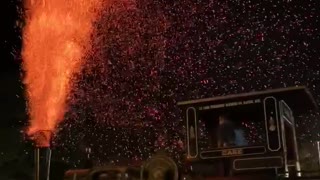 0:58
0:58
ViralHog
5 years ago $0.01 earnedSteam Engine Sends Up Sparks
222 -
 0:26
0:26
ViralHog
5 years ago $0.01 earnedTractor Pull Goes Poorly
181 -
 0:19
0:19
ViralHog
5 years ago $0.07 earnedPretty Impressive Tractor Skills
471 -
 0:19
0:19
ViralHog
5 years ago $0.20 earnedPolice Pursue Patriotic Tractor
809 -
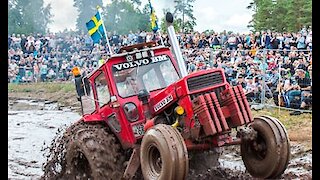 4:42
4:42
Folktv
5 years ago $0.02 earnedTractor Pulling Contest in Ljusdal, Sweden
4.07K -
 0:21
0:21
WMAR
5 years agoTractor trailer accident on I-95
20 -
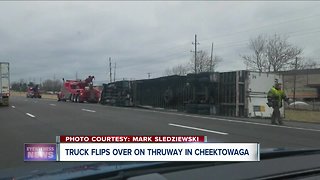 0:28
0:28
WKBW
5 years agoTractor trailer blows over
34 -
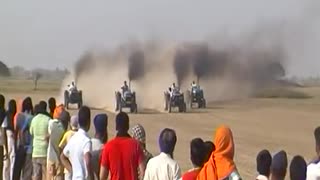 1:04
1:04
carray
6 years agogoga tractor race
42 -
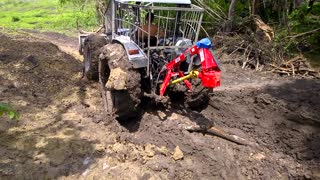 4:07
4:07
noorimaan
6 years agoTractor enterrado
2.81M -
 3:02
3:02
AFV
6 years agoFarm Tractor Kids
31